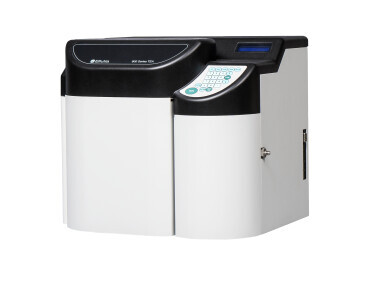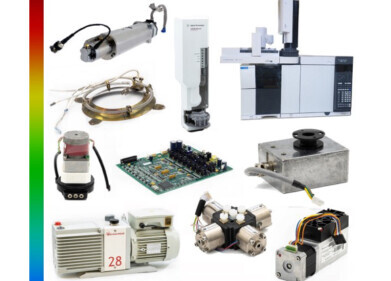-
 Scientists grow self-healing muscle
Scientists grow self-healing muscle
Chromatography
Scientists grow self-healing muscle
Apr 02 2014
A group of scientists have grown a living muscle in a lab that is able to function like normal and can heal itself. The accomplishment has been cited as a significant step in tissue engineering.
The Duke University researchers hope that this could be the first stage in creating a lab-grown muscle that can repair damage in humans. They attribute their success to making a perfect environment in the lab for muscle growth, as well as having well-developed contractile muscle fibres and a pool of immature stem cells, known as satellite cells, which could then develop into muscle tissue.
The research, which was based on tests with mice, has been published in the Proceedings of the National Academy of Sciences journal. During the tests, the muscle grown in the lab was found to function like a normal muscle, being strong and able to contract. However, it was also capable of repairing itself after the researchers damaged it with a toxin - normally found in snake venom - using the satellite cells.
When the team then grafted it into mice, the muscle appeared to successfully integrate into the rest of the tissue and began to function correctly. However, more research would need to be carried out before this could be transferred to humans.
Lead researcher Nenad Bursac said: "The muscle we have made represents an important advance for the field.
"It's the first time engineered muscle has been created that contracts as strongly as native neonatal [newborn] skeletal muscle."
The study involved inserting the lab-grown muscle into a small chamber placed on the backs of the mice, which was then covered by a glass panel to allow the researchers to observe the muscle function.
By genetically modifying the muscle fibres to produce fluorescent flashes during calcium spikes - which cause muscles to contract - the researchers could observe as the flashes became brighter, indicating the muscle was growing stronger.
Dr Bursac said that research will now be done to establish whether or not the lab-grown muscle could be used to repair actual muscle injuries and disease.
“The muscle we have made represents an important advance for the field,” he said. “It’s the first time engineered muscle has been created that contracts as strongly as native neonatal skeletal muscle.
Digital Edition
Lab Asia 31.2 April 2024
April 2024
In This Edition Chromatography Articles - Approaches to troubleshooting an SPE method for the analysis of oligonucleotides (pt i) - High-precision liquid flow processes demand full fluidic c...
View all digital editions
Events
Apr 28 2024 Montreal, Quebec, Canada
May 05 2024 Seville, Spain
InformEx Zone at CPhl North America
May 07 2024 Pennsylvania, PA, USA
May 14 2024 Oklahoma City, OK, USA
May 15 2024 Birmingham, UK

















